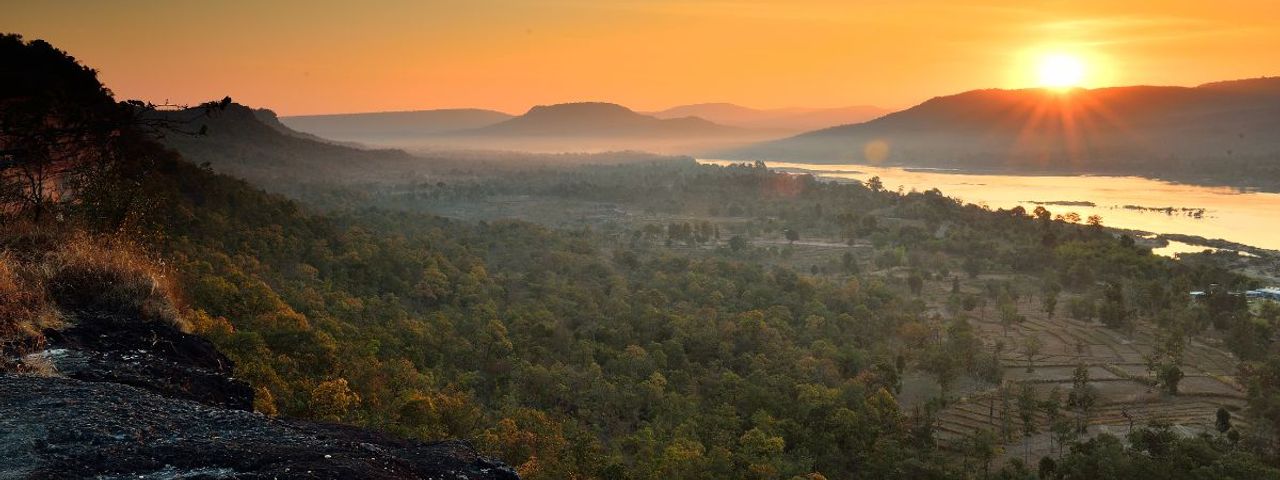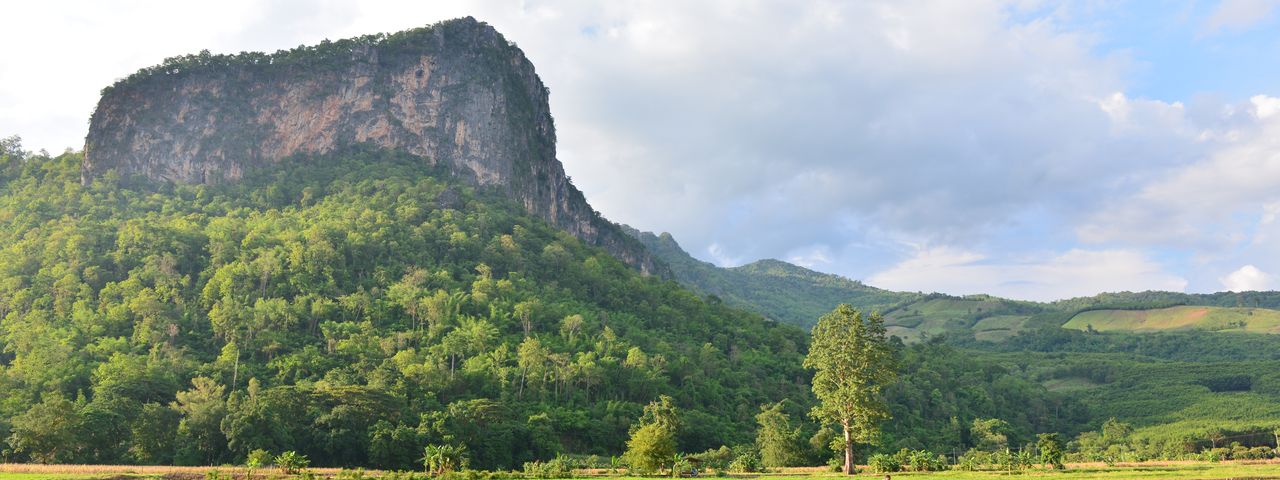When is the best time to visit Thailand?
The best time to visit Thailand is during high season which takes place between November to February, when the weather is generally at its best throughout the country.
In northern Thailand dry season is between November & May; June to October is characterised by heavy rainfall and temperatures are cooler between October & January.
The south can be split into two: the wettest months on the west coast are between April & October; whilst the east coast experiences heavy rainfall from September to December. During the rest of the year, dry and sunny weather is the order of the day.
Thailand weather & when to go
Pick a month below
Weather seasons are becoming less predictable but peak visitor months remain more certain.
Unfollow the herd - avoid the peak months to enjoy fewer crowds, better availability, often lusher countryside and help to spread the economic benefits of tourism.
Weather overview
Known throughout the world for its welcoming people, spicy cuisine and outstanding beaches, Thailand offers the complete holiday package. The weather's not bad either, with much of the country experiencing a typically tropical climate consisting of two seasons: dry and wet.
The exception to the rule is the southern regions, with either side of the Thai Peninsula experiencing a typically monsoon climate, although to complicate things a little further, the two sides are out of synch with each other.
This however does usually mean there is sun to be found on a beach somewhere.
You can visit Thailand throughout the year, however more rural parts become less accessible at the peak of the rainy season and winter weather brings higher seas which has its baring on those idyllic beach days.
North & Central
Bangkok, Chiang Mai, Chiang Rai, Nan, Chiang Kham, Kanchanaburi, Issan
In the north of Thailand, the dry season runs from November to May/June, with little if any rain expected throughout the region for much of this time. After the cooler winter months, from mid-January temperatures start to rise, peaking between March and May when it is not unusual for the mercury to break into the high 30’s and even 40°C+ especially in the central regions. These sky-high temperatures can last well into the rainy season, however with the rain comes cloud cover and a rise in the humidity, making travel less comfortable.
The south-west monsoon usually arrives between May and July. Initially the rain usually comes in the form of short downpours, lasting an hour or two, clearing the way for warm, clear skies. As the rainy season progresses, the rain can becomes heavier and more constant, traditionally reaching peak levels in August and September. In the early wet season (June to August) temperatures generally remain high (avg daily temp: 28 °C-34°C), although they drop dramatically in the winter months of October and November.
By November, the rainfall and hot, sticky weather will have decreased significantly, with dry weather returning for the next six months. From October to January, temperatures can be relatively cool, especially in the north of the country at higher altitude (avg daily temp: 17°C -26°C). Throughout the region at this time of year, evenings can be chilly due to the lack of cloud cover and the temperatures relatively low.
Andaman Sea, Khao Sok
Phuket, Krabi, Koh Phi Phi, Khao Lak, Koh Lanta, Koh Kood, Koh Chang, Khao Sok National Park
Thailand’s west coast has three defined seasons. From November to March, many consider conditions to be at their best with a cooling wind keeping the sky-high summer temperatures at bay and making the daytime more comfortable (avg daily temp: 26°C -32°C). Thanks to the breeze, the humidity levels are lower than later in the year.
From March through to May the temperatures rise (avg daily temp: 30°C-36°C) as the cooling winds depart and the humidity rises.
Come late May, monsoonal weather will usually have arrived, which is expected to last through to October. Peak rainfall levels are usually experienced between mid-September and mid-October. Outside of these months, the rain will often come in a short, heavy downpour, usually in the afternoon.
Khao Sok National Park in southern Thailand follows the same weather patterns as the Andaman Sea coastline, experiencing most rainfall between May and October, although being one of the wettest areas of the country, rain showers can be expected year round. Wet season is actually a good time of year to visit the National Park as average temperatures are a comfortable 25-26°C, the rainforest is green & lush, and there is more chance of spotting wildlife.
Gulf of Thailand
Koh Samui, Koh Phan Ngan, Koh Tao, Khanom, Hua Hin & Cha Am
Thailand’s east coast has three defined seasons. From December to February you can expect good weather, with little if any rain, and refreshing winds helping to keep temperatures more moderate. Because of the winds, the sea can be a little ‘dynamic’ creating ideal conditions for water sports enthusiasts.
From March, temperatures will start to rise (avg daily temp: 29°C - 35°C), usually reaching peak levels in April and May.
Whilst initially rainfall remains unlikely, by June a little rain becomes is expected, usually in the form of an hour-long afternoon downpour, clearing the way for more blue skies and bright sunshine. In late-August/September the monsoon is expected, bringing with it plenty of rainfall and a rise in humidity. Temperatures are still in the 30ºC's however and you can expect sunny spells interspersed with rainy periods.
Rainfall usually peaks between October and November. Despite being on the Gulf of Thailand coastline, Hua Hin & Cha Am experience slightly different rain patterns with serious rainfall only occurring in September and October. Another slight anomaly are the islands of Koh Chang and Koh Kood that sit on the eastern side of the Gulf of Thailand and experience similar weather patterns to the beaches along the Andaman Sea coast with wet season occurring between May and October.

